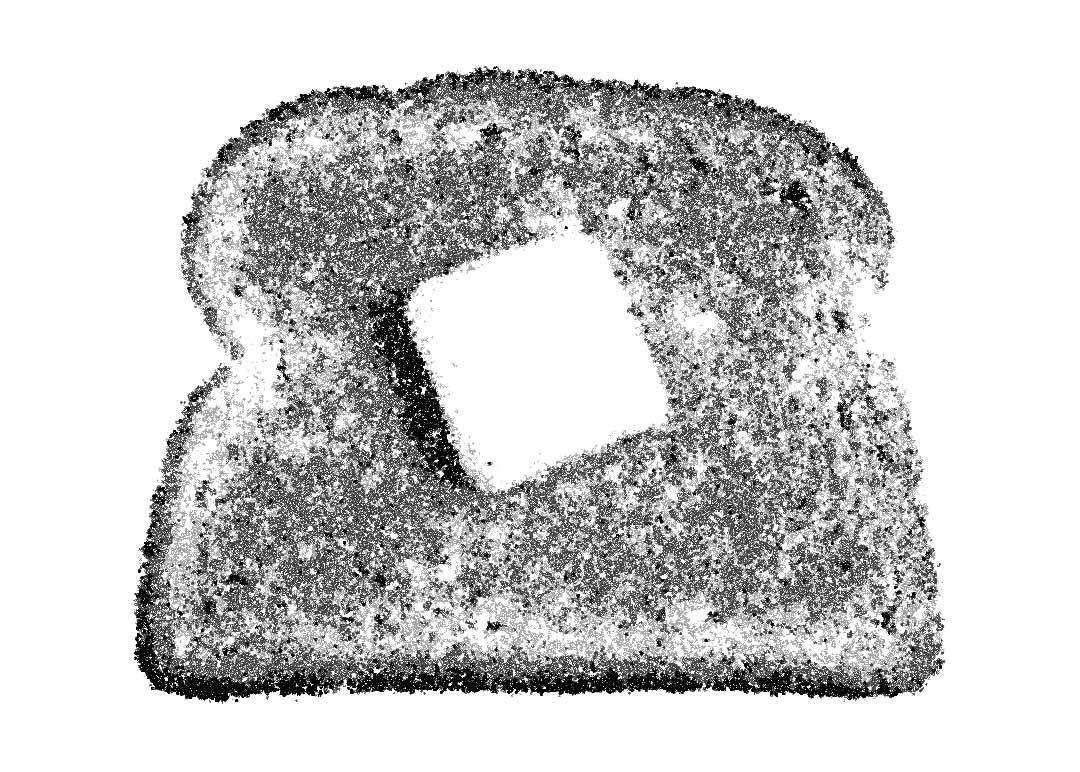Bread & Butter
Phase 1.
Phase 1 of this program rotates between two different training sessions:
Session 1
A) Back squat (3×5)
B) 30° Incline press (3×5)
C) Conventional deadlift (1×5)
D) Bridge row (3×8)
Session 2
A) Back squat (3×5)
B) Overhead press (3×5)
C) Conventional deadlift (1×5)
D) Biceps curl (3×8)
You lift three days per week on non-consecutive days. There’s a two-day break after the third training day. The classic Monday-Wednesday-Friday works, as does any combination that respects the rule.
You rotate between the two training sessions like this:
Week one:
Monday (A) – Session 1
Wednesday (B) – Session 2
Friday (C) – Session 1
Week two:
Monday (A) – Session 2
Wednesday (B) – Session 1
Friday (C) – Session 2
On the third week, you’re back to the week one configuration.
notations.
the numbers in the parenthesis refer to the number of sets and reps you do. i always follow the (SETS x REPS) format, so (3×5) is three sets of five reps.
the letters prior to the exercises dictate the order of operations. do exercise A first, complete all sets. do exercise B second, complete all sets. do exercise C third, complete all sets.
work sets (across).
the sets and reps listed pertain to your work sets, which are the sets that drive progress. they are done in a “sets across” fashion: you lift the same weight every set. (3×5) means you do 3 sets with 5 reps at “x” weight.
(3×5)@225
three sets of five reps at 225 pounds.
first work set: 5 reps @ 225 pounds
second work set: 5 reps @ 225 pounds
third work set: 5 reps @ 225 pounds
you should also do warm-up sets in addition to your work sets.
warm-up.
prior to your work sets, you should warm-up. warm-ups typically have three phases.
the first phase: increase your body temperature and get your blood flowing in a generalized manner. you can spend a few minutes on a bike, a treadmill, or a rower… or you can just do some jumping jacks until you’re breathing heavier.
the second phase: prepare the joints involved using generalized mobility drills. i prefer three-dimensional joint rotations. story for another day.
the third phase: loosen up the lift by lifting lighter weights. as the warm-up weight nears your work set weight, drop the reps to stay fresh.
say you’re doing bench presses with 135 pounds (on your work sets). you can start with a set of 5 reps with 45 pounds (the empty bar), then a set of 5 reps with 65 pounds, then a set of 2-3 reps with 95 pounds, then a set of 1-2 reps with 115 pounds. of course, this isn’t law. You could also do 5@45, 5@95, 1-2@115.
warm-ups are more art than science. they should excite, not exhaust. as a general rule, do 2-4 warm-up sets before your work sets on the multi-joint exercises, and always start with the empty bar (or your bodyweight). single-joint exercises typically don’t need many (if any) warm-up sets.
passable technique.
before you begin the program, you need to do two things. first, you need to learn passable technique. here are demos of each exercise.
BACK SQUAT
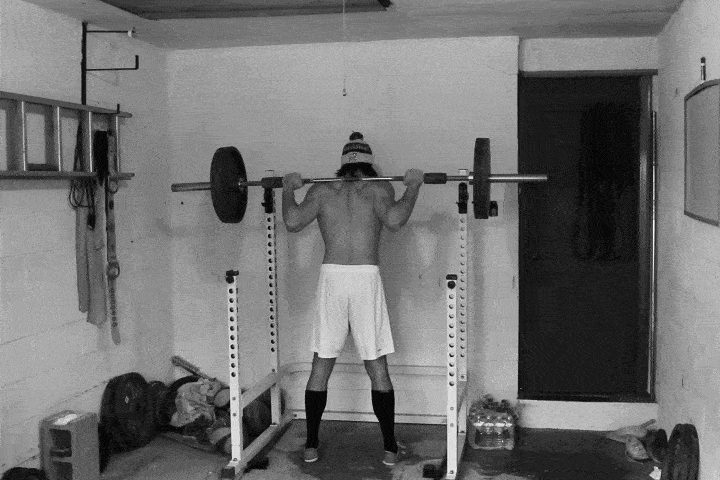
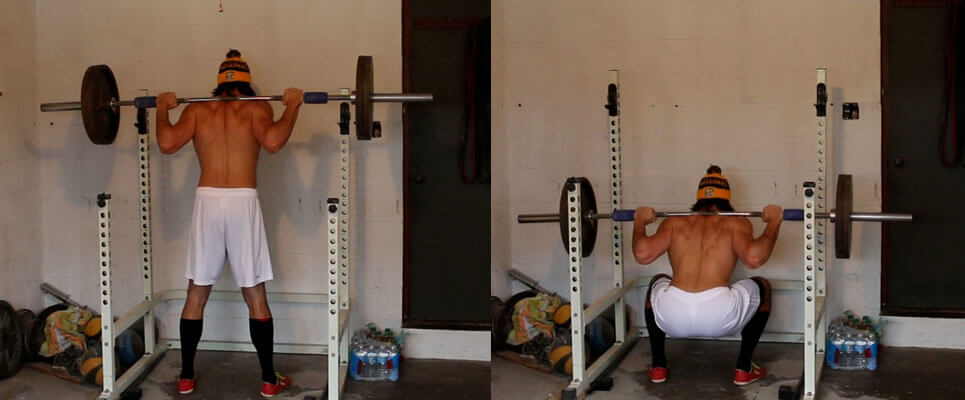
back squat: bar on upper-traps (high bar) or rear-delts (low bar). descend until crease of hip is below the knee. keep your entire foot glued to the ground. track your knees over your toes.
CONVENTIONAL DEADLIFT
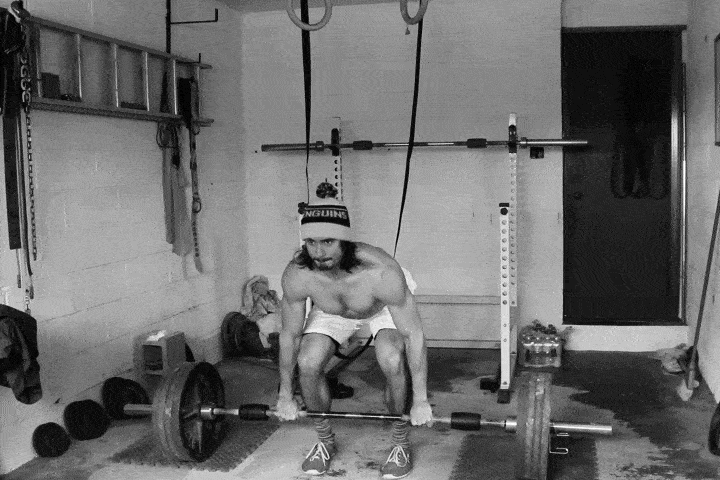
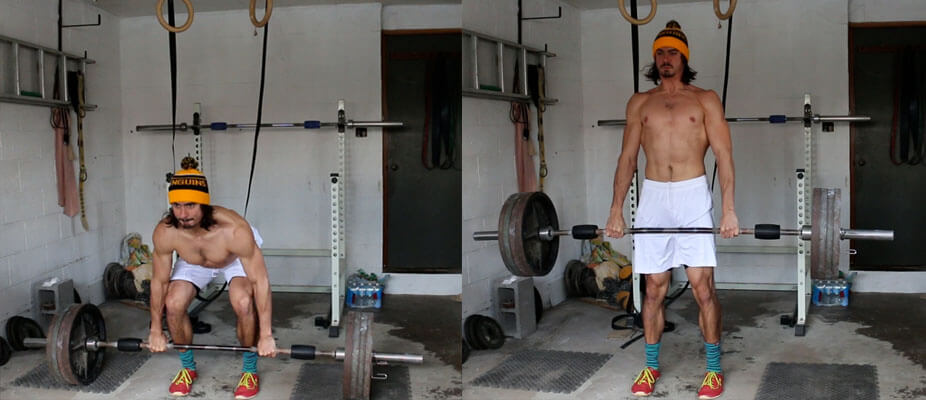
conventional deadlift: in the starting position, your shoulders should be higher than your hips and your hips should be higher than your knee. the bar comes to a complete stop between reps.
INCLINE PRESS
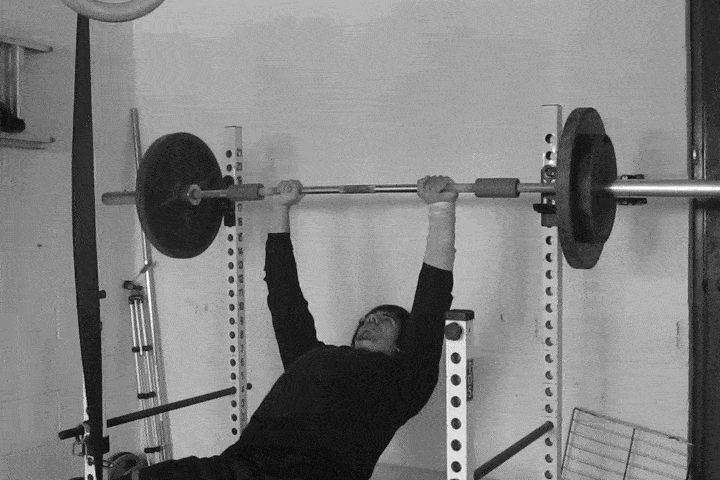
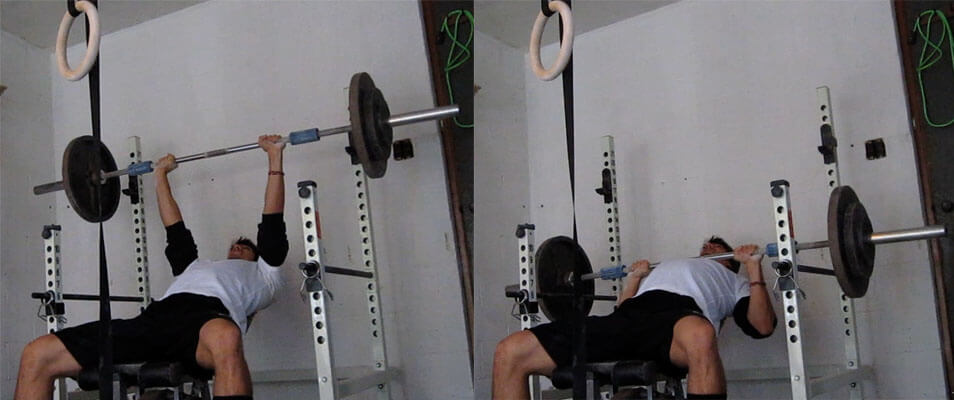
incline press: hands shoulder-width apart. descend until the bar touches your upper chest. keep your upper back and butt on the glued to the bench.
OVERHEAD PRESS
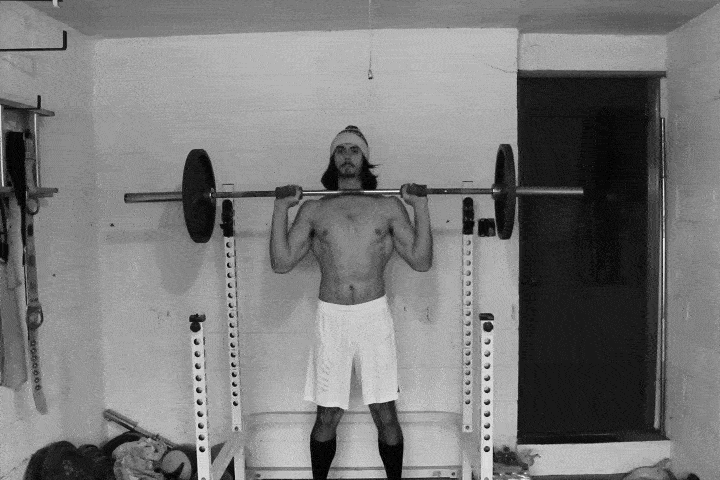
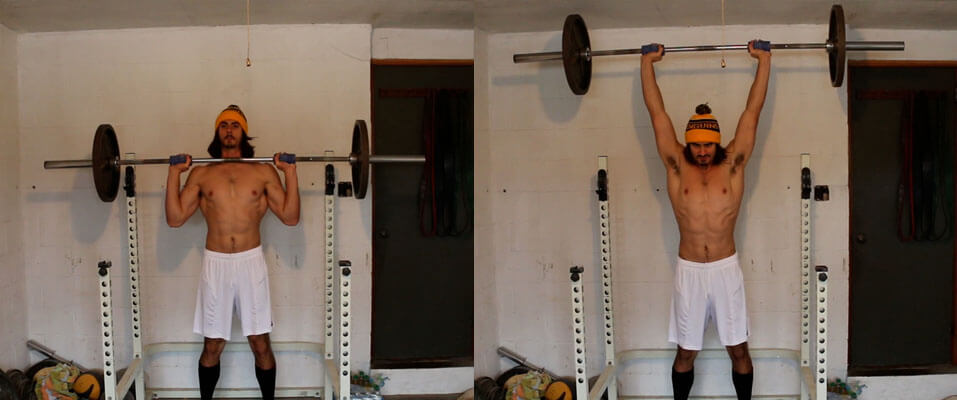
overhead press: hands shoulder-width apart. don’t bend your knees and use your lower body to help lift the bar.
BARBELL CURL
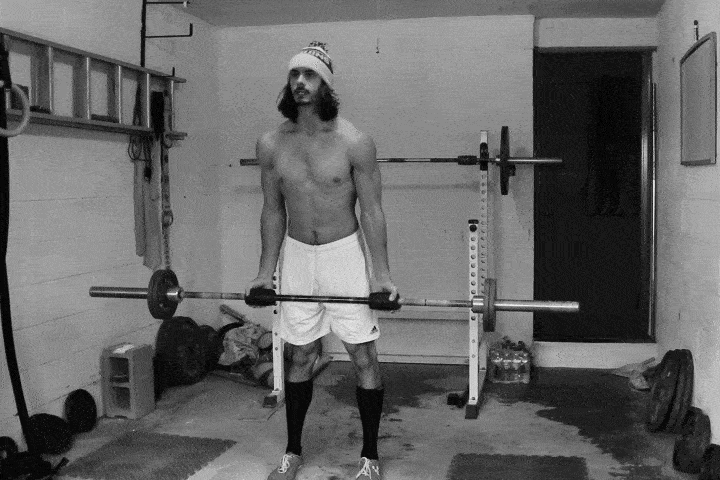
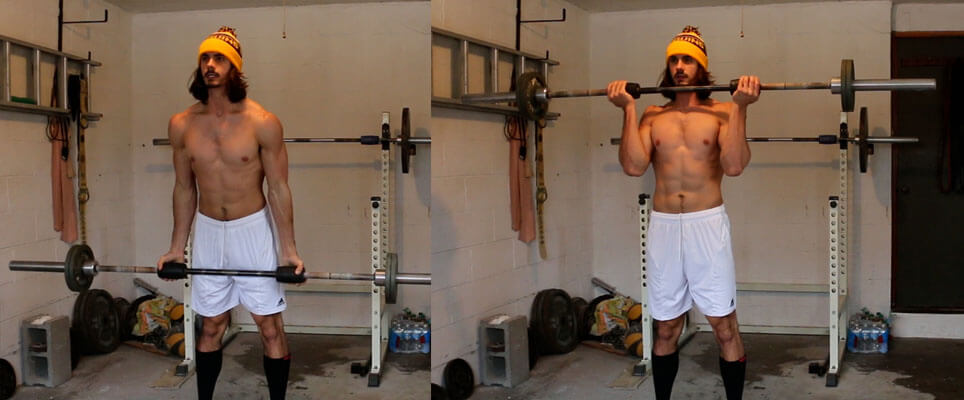
biceps curl: hands shoulder-width apart. avoid excessive swaying.
BRIDGE ROW
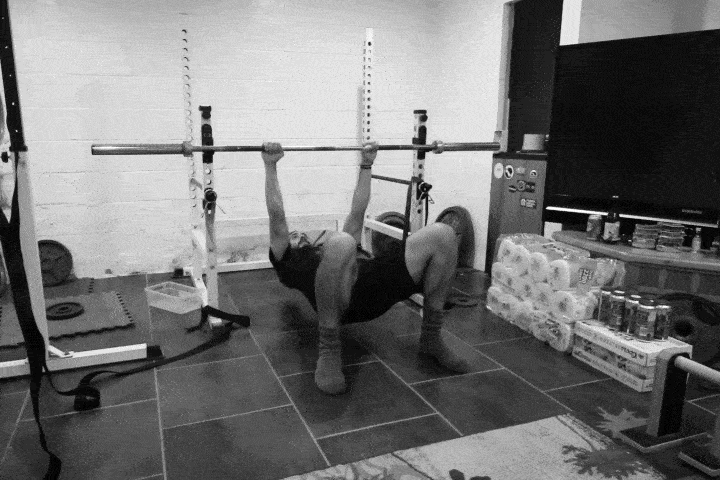
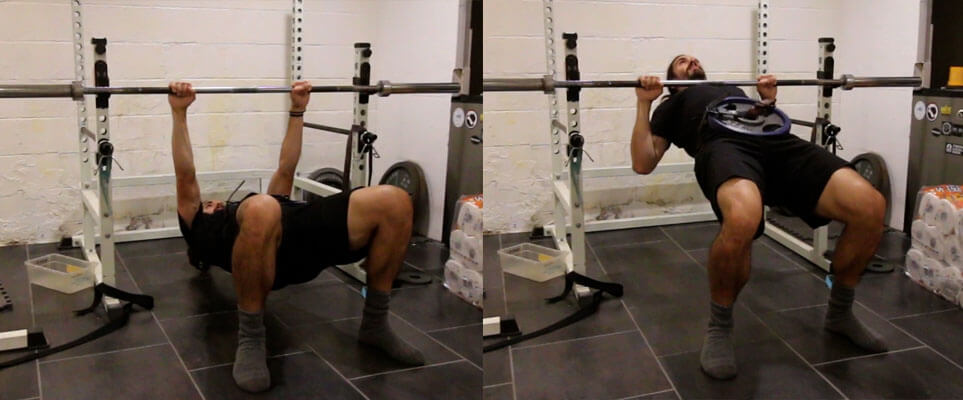
bridge row: your body should be somewhat horizontal to the ground throughout the rep. use two belts to glue the weight around your stomach, to prevent the weight from sliding around during the exercise.
be smooth.
control the weight during the lowering (eccentric) phase. should take you two or three seconds. on the lifting (concentric) phase, you can explode as long as you do so under control. you should never lose control. your lifts should look smooth and graceful, not jerky and glitchy.
starting weights.
the second thing you need to do before starting the program: find your starting weights. starting weights are the weights you’ll start each exercise in the program with (duh). they are specific to each exercise.
you should start with a light load for each exercise. lighter than your ego wants to. my rule of thumb: you should be able to do 15-20 reps with your starting weight while maintaining passable technique. in other words, if you want to start back squats at 135 pounds, you better be able to do 20 reps with decent form at 135 pounds.
you’re always better off erring conservatively for your starting weights. if you wanted to start every exercise with the empty bar, you could. there’s little harm in starting too light. there’s great harm in starting too heavy.
progression.
once you find your starting weights, you use a linear progression, which is to say: you add weight to every exercise every single session. the amount of weight you add on a session-to-session basis depends on the exercise.
the lightest plate in commercial gyms tends to be 2.5 pounds, which means the lowest improvement increment you can use is 5 pounds. this is dumb. buy fractional plates. click here for a reasonably priced set. you’ll be able to add 4, 3, 2, and 1 pound(s) to every exercise.
for starters, I recommend
adding 5 pounds to:
squats, deadlifts, incline presses, overhead presses
adding 2.5 pounds to:
bridge rows
adding 1 pound to:
barbell curls
you’ll soon understand why different exercises have different rates of progression.
zone progression.
if you don’t have fractional plates, you can scale reps within a zone. the biceps curl is the only exercise needing fractional plates (for now). instead of (3×8), do (3×8-10). start with the low end of the zone, which is (3×8). from here, add one rep to each set every training session. once you reach the top end of the zone, add five pounds and repeat the progression
- (3×8)
- (1×9, 2×8)
- (2×9, 1×8)
- (3×9)
- (1×10, 2×9)
- (2×10, 1×9)
- (3×10)
- (3×8) ADD 5 POUNDS
hypothetical.
let’s assume you took one week (three training sessions) and you worked on your technique and you found your starting weights.
- 105 pounds for the squat
- 135 pounds for the deadlift
- 95 pounds for the incline press
- 45 pounds for the overhead press
- 45 pounds for the barbell curl
- 0 pounds for the bridge row
here’s what the first two weeks of training would look like:
DAY A MONDAY =
-
- BSQ: (3×5)@105
- BP: (3×5)@95
- CDL: (1×5)@135
- ROW: (3×6)
DAY B WEDNESDAY =
-
- BSQ: (3×5)@110
- OVERHEAD PRESS: (3×5)@45
- CDL: (1×5)@140
- CURL: (3×8)@45
DAY C FRIDAY =
-
- BSQ: (3×5)@115
- BP: (3×5)@100
- CDL: (1×5)@145
- ROW: (3×6)@2.5
DAY A MONDAY =
-
- BSQ: (3×5)@120
- OVERHEAD PRESS: (3×5)@50
- CDL: (1×5)@150
- CURL: (3×8)@46
DAY B WEDNESDAY =
-
- BSQ: (3×5)@125
- BP: (3×5)@105
- CDL: (1×5)@155
- ROW: (3×6)@5
DAY C FRIDAY =
-
- BSQ: (3×5)@130
- OVERHEAD PRESS: (3×5)@55
- CDL: (1×5)@160
- CURL: (3×8)@47
your initial training sessions won’t be challenging. you’ll feel like you aren’t doing enough. don’t do more. go to the gym. complete your work sets with good technique. pack your bags. wait for the next session to come around.
this program is a snowball. keep on rolling. the intensity will ramp up in the future. don’t rush the process.
new game.
nothing past this point matters unless you’ve begun the program. begin the program.
